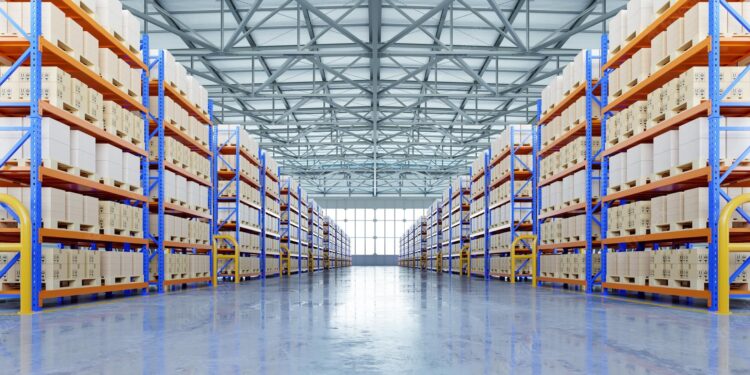Warehouse inspections are an essential step in the process of buying or leasing a warehouse. A thorough inspection can help identify potential issues that may not be apparent on the surface. Identifying these issues before finalizing the purchase or lease can save you significant costs and headaches down the road. In this article, we will explore some tips for identifying potential issues during a warehouse inspection.
Inspect the Roof
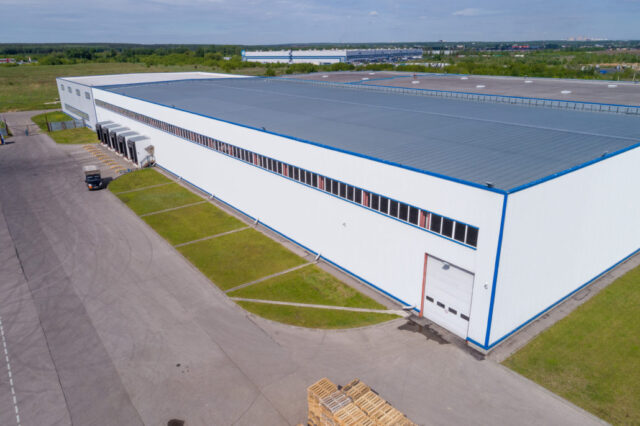
The roof is an essential part of any warehouse. It is crucial to inspect the roof thoroughly for any signs of damage or wear and tear. When considering the “renta de bodegas,” it is essential to inspect the roof thoroughly to ensure that it is in good condition. A damaged or worn-out roof can lead to leaks, which can cause significant damage to the warehouse’s contents. Inspect the roof for cracks, holes, or any signs of damage. Additionally, ensure that the roof is well-insulated to prevent heat loss during the winter months.
Check the Foundation
The foundation of a warehouse is a critical component that should be inspected during the inspection process. Any signs of cracking or settling can be an indication of potential issues with the structure’s stability. Additionally, any signs of water damage or dampness should be noted, as these can lead to mold growth and other problems.
Inspect the Walls
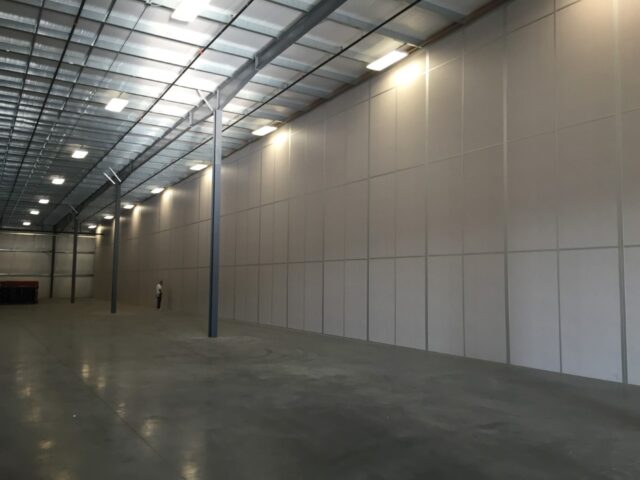
The walls of a warehouse are another essential component that should be inspected thoroughly. Look for any signs of cracks or damage, which can indicate potential issues with the structure’s stability. Additionally, check for any signs of water damage or dampness, as these can lead to mold growth and other problems.
Evaluate the Electrical System
The electrical system in a warehouse is critical for powering equipment and lighting. During the inspection process, it is essential to evaluate the electrical system thoroughly. Look for any signs of wear and tear, such as frayed wires or damaged outlets. Additionally, ensure that the system is up to code and can handle the electrical demands of the warehouse’s equipment.
Inspect the Plumbing System
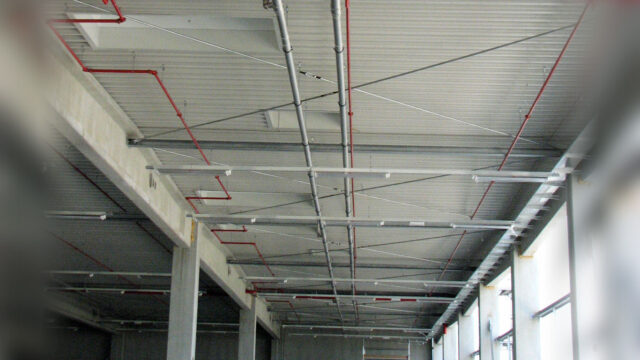
The plumbing system in a warehouse is another essential component that should be inspected during the inspection process. Look for any signs of leaks or damage to the pipes, as these can lead to water damage and mold growth. Additionally, evaluate the water pressure and ensure that the system can handle the demands of the warehouse’s equipment.
Check the HVAC System
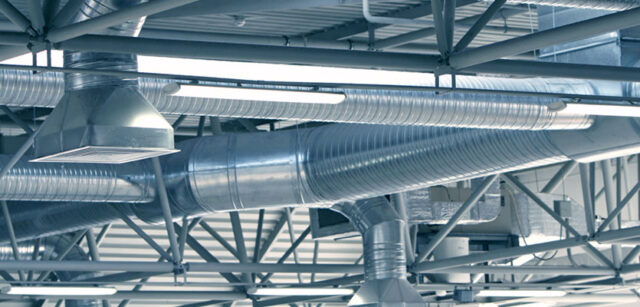
The HVAC system in a warehouse is critical for regulating the temperature and maintaining a comfortable working environment. During the inspection process, it is essential to evaluate the HVAC system thoroughly. Look for any signs of wear and tear, such as dirty air filters or damaged ductwork. Additionally, ensure that the system is up to code and can handle the demands of the warehouse’s equipment.
Inspect the Flooring
The flooring in a warehouse is another essential component that should be inspected during the inspection process. Look for any signs of cracks or damage, which can indicate potential issues with the structure’s stability. Additionally, evaluate the flooring’s durability and ensure that it can handle the demands of the warehouse’s equipment and traffic.
Conclusion
In conclusion, warehouse inspections are critical for identifying potential issues before buying or leasing a warehouse. Inspecting the roof, foundation, walls, electrical system, plumbing system, HVAC system, and flooring can help identify potential issues and save you significant costs and headaches down the road. By following these tips, you can ensure that you are making an informed decision when purchasing or leasing a warehouse.

